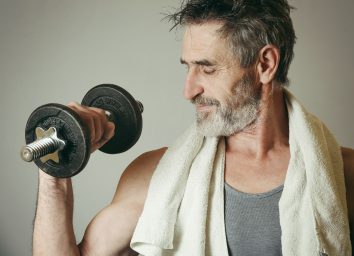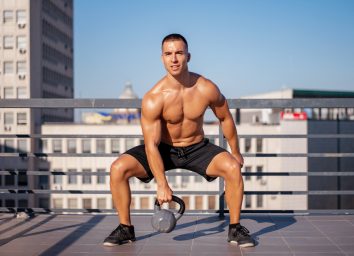5 Bad Fitness Habits You Need To Ditch After 50, Trainer Says
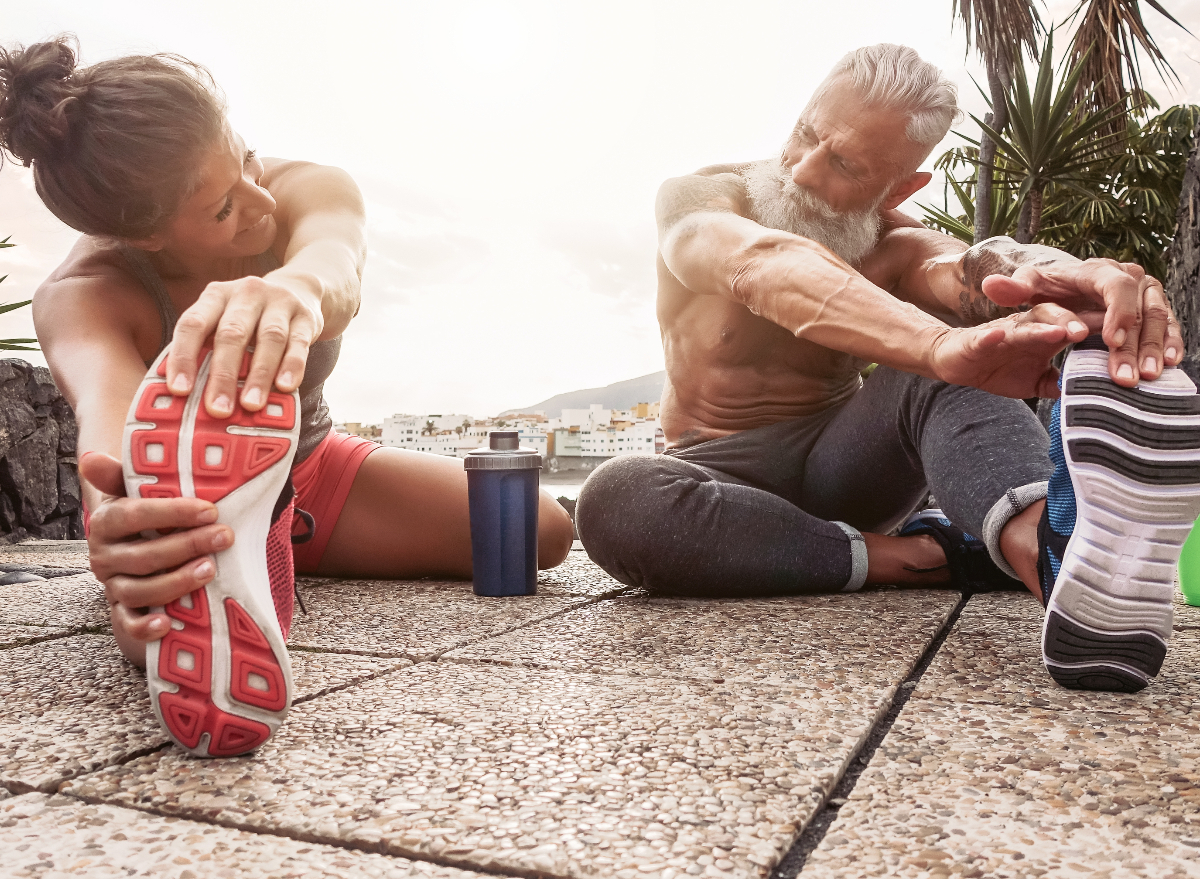
By the time you are in full swing of an established workout, you’ve likely picked up some bad fitness habits along the way. Don’t fret, though, because it’s much better to find out now so you can address these habits ASAP. Most especially after 50, it’s so important to make sure you’re taking just the right steps to safely work out and reach your fitness goals.
When you start getting into your 60s, it’s important to continue exercising, but be smart about it. For example, it’s important to not overdo it. If you’re not in the habit of working out, you need to start off at a slower pace. And if you have any health issues you’re dealing with, it’s wise to discuss any new exercise routine with a medical professional (via University Health News).
We spoke with Laura Endres, a personal trainer on Fyt, the nation’s largest personal training service that makes fitness under the expert guidance of an in-person or virtual, certified fitness professional convenient and accessible for anyone. Endres let us in on some specific bad fitness habits you may be doing and need to quit after hitting 50 and beyond. Read on to learn more, and next, check out The 6 Best Exercises for Strong and Toned Arms in 2022, Trainer Says.
Doing cardio only
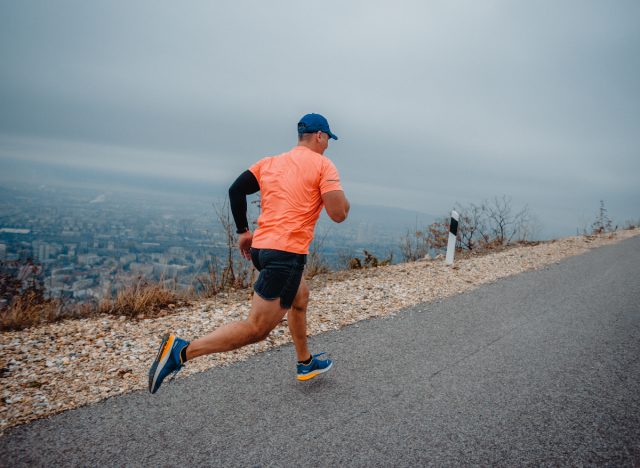
Endres tells us, “I can’t tell you how many times people tell me they walk for their exercise (and that’s it).” She stresses that walking is a great contribution to your overall health, but just focusing on cardio and cardio alone isn’t enough, especially as you age. Endres continues to explain, “Loss of bone density and lack of strength severely increases your risk of falling, fractures, and difficulty recovering. Thankfully, these can be prevented or lessened with basic strength training.”
It’s important to not pay mind to fanatics at the gym and social media, Endres says. The strength training you perform doesn’t have to be super challenging or taxing. Simply include the fundamental strength exercises like hip hinges, pushing, sit-to-stands, pulling, and squatting. That’s literally all you need in your routine!
Related: “Unhealthy” Workout Habits To Quit In Your 60s, Trainer Says
Following an erratic workout schedule

Consistency is extremely important when it comes to working out. Endres recommends 30 minutes of activity each day, stating, “We begin to lose muscle mass in our 30s, making it more challenging with time to build and maintain muscle strength and endurance, and doing a workout only ‘here and there’ will not be enough to improve and maintain health.”
During those 30 daily minutes of physical activity you can go for a walk, strength train, follow along with a dance video, or do whatever your favorite source of exercise may be. Be diligent, and don’t vary with your schedule. “Your physical strength will improve, and so will your mental and emotional health! It should be a top priority,” Endres adds.
Confusing your muscles by switching up workouts too much
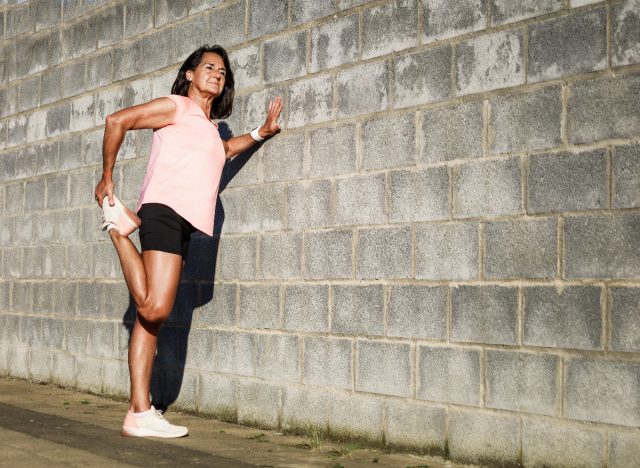
Endres warns of a popular trend that’s been going around, stating, “[It] claims you only benefit from workouts that constantly change, and nothing could be further from the truth.” She addresses several caveats about making each one of your workouts different from the previous one.
It’s not safe: “It takes practice to get good at an exercise and do it with proper form. If you only do it once in a workout, and it doesn’t appear again for weeks, you’re a beginner each time you do it. There’s a much higher safety risk when you’re unskilled at an exercise.”
It’s confusing: “Proponents of this method claim you need to confuse your muscles (ahem, muscles can’t be ‘confused’), but what you’re mostly doing is confusing your mind. It can be extremely stressful and taxing to not know what you’re doing during each workout, and with constantly changing the program, that will be the norm.”
It ignores the fundamentals: “Certain movements and exercises are fundamental in supporting our daily life needs. The most important things to include in our workouts are squatting, hinging at the hip to bend forward, pushing, pulling, twisting, and carrying. These are the most important things to include in our workouts.”
It’s difficult to measure progress: “Sure, you’ll know when you get stronger and can last longer, but a solid workout program has you repeating exercises so you can specifically improve them—improve your form, improve how many you can do or how much weight you can press, etc.”
Related: Hate “Exercising?” Do These 5 Things Each Day To Burn Fat, Trainer Says
Pushing through pain
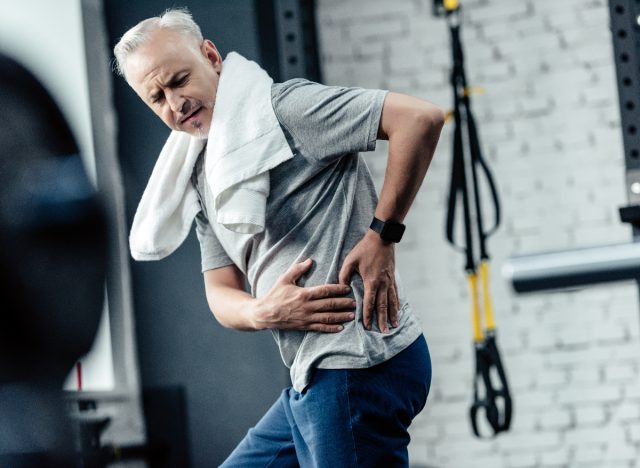
It’s imperative to establish the difference between pain that’s okay and pain that’s bad Endres stresses, which is what she coaches her clients through. The difference? Pain that’s okay will sound something like “Whew, I can really feel the burn in my thighs on this one,” whereas pain that’s bad will sound more like, “This hurts my knee.” The latter has no place in your fitness regimen.
“Exercise is meant to build strength, endurance, and balance from a place of function, meaning you should be able to do an exercise safely and without pain, and only then do you add load or difficulty to it,” Endres explains, adding, “If you’re experiencing acute pain or pain that lingers after an exercise, that is a signal that something isn’t right. It might simply mean you’re not ready for that exercise, and you need to do an easier variation or alternate exercise instead, or it might mean something more serious (in which case you should consult your doctor or physical therapist).”
She also shares a friend’s mantra, which is, “Live to exercise another day.” This is a great quote to put into action as you reach your 60s. You don’t have to go hardcore every single time, but rather exercise in a way you’ll actually benefit from. It’s critical to recover quickly and feel a boost of energy when you wrap up. You shouldn’t feel totally exhausted.
Skipping balance, agility, and mobility work
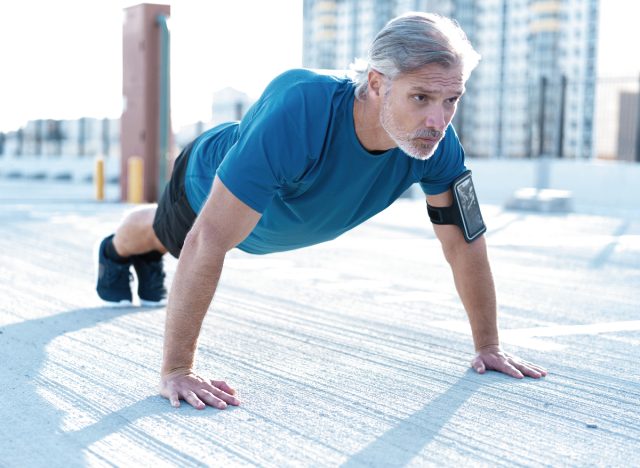
Endres is an advocate for accessory exercises in her clients’ fitness routines. Along with strength training movements (like bicep curls and squats), and cardio (such as swimming and walking), Endres assigns exercises that target small muscle groups. This enhances mobility, range of motion, and balance.
She explains, “This increases their ability to move in different ways and improves their agility, so my clients can react to sudden challenges in everyday life. Interestingly, we find these to be the most important exercises we do! They work to support the ‘big exercises’ like squats and pushups, and they get us moving in ways we haven’t done in a very long time.”

